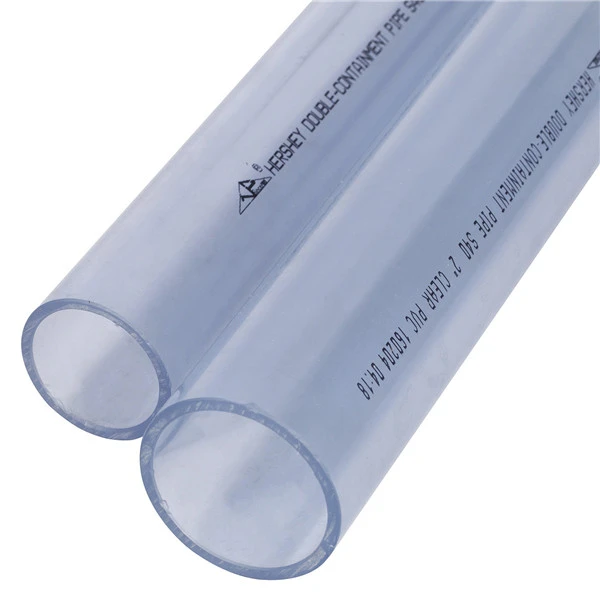Sep . 01, 2024 07:01 Back to list
High-Quality Polyethylene Welding Rods for Strong and Durable Joints
The Importance of Polyethylene Welding Rods in Plastic Fabrication
Polyethylene is a widely used thermoplastic polymer recognized for its excellent chemical resistance, flexibility, and durability. It is commonly employed in various industries ranging from packaging to construction. However, when it comes to assembling polyethylene structures or repairing polyethylene products, the use of polyethylene welding rods becomes essential.
Polyethylene welding rods are specifically designed for joining polyethylene materials through a process known as plastic welding. This technique involves melting both the welding rod and the base polyethylene material, allowing them to fuse together as they cool and solidify. Using the appropriate welding rod is crucial because it ensures compatibility with the base material, providing a strong and reliable bond.
One of the most significant advantages of using polyethylene welding rods is their ease of use
. Welders can choose from various methods to apply heat, including hot air welding, extrusion welding, and hot wedge welding, depending on the application and equipment available. These rods come in different diameters and colors, making it easy to select the right type for the specific project requirements.polyethylene welding rod

Another key benefit of polyethylene welding rods is their ability to create leak-proof joints, essential in applications like piping systems and containers where fluid retention is critical. This makes them an ideal choice for industries such as oil and gas, water treatment, and chemical storage, where the integrity of the welded joints directly impacts the overall performance of the system.
In addition to their mechanical properties, the environmental considerations associated with polyethylene welding rods are noteworthy. As polyethylene is recyclable, using these rods in welding processes can contribute to sustainable practices. Properly welded joints can enhance the longevity of polyethylene products, reducing waste and the need for frequent replacements.
Moreover, advancements in polyethylene welding technology have led to the development of specialized rods that offer improved performance characteristics, such as enhanced resistance to harsh chemicals and UV radiation. This is particularly relevant in outdoor applications, where exposure to environmental elements can degrade the material over time.
In conclusion, polyethylene welding rods play a vital role in the fabrication and repair of polyethylene products. Their ease of use, reliability, and compatibility make them indispensable in various industries. As technology continues to evolve, we can expect even more enhancements in the quality and performance of these welding rods, further solidifying their significance in plastic welding applications.
-
PP U-channel: Chemical-Resistant, Lightweight & Durable
NewsAug.10,2025
-
Transparent PVC Pipe: Clear Flexible Tubing for Fluids
NewsAug.09,2025
-
Durable PP Rigid Sheet: Versatile & High-Quality Plastic Panels
NewsAug.08,2025
-
Premium Glossy PP Rigid Sheet – Durable & Versatile
NewsAug.07,2025
-
High-Quality HDPE Sheet | Durable Plastic Panels
NewsAug.06,2025
-
High-Precision PVC Rigid Sheets for Vacuum Forming | AI-Optimized
NewsAug.05,2025

